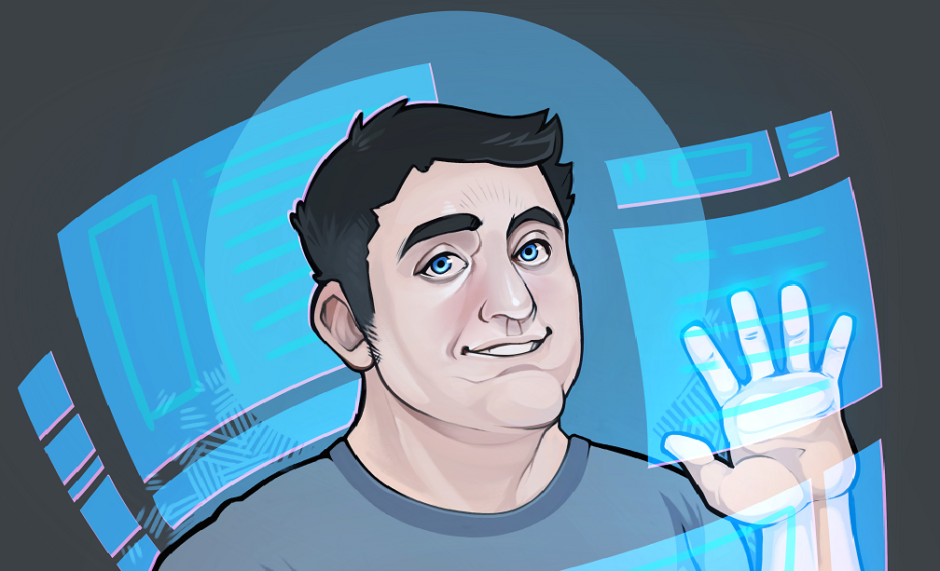The OpenGL ARB has formally released the OpenGL 2.0 specification. This not only included things like the improved OpenGL Shading Language API’s, but a bunch of other new features as well. The highlights are;
This brings OpenGL up to speed with DirectX 9, and since most of the folks on the ARB are video card manufacturers whom have to support DirectX as well, it’s in their interest to have as few differences as possible. Given OpenGL’s extension mechanism (which is rumored to be considered as a possible feature for DirectX 10), and the rapid development of the last few OpenGL versions, it’s obvious that the hardware folks don’t want Microsoft to dictate the way that 3D graphics are going to look in the future. So…should you go for OpenGL or DirectX? Just listen to John Carmack from his Feb. 2003 .plan Reasonable arguments can be made for and against the OpenGL or Direct-X style of API evolution. With vendor extensions, you get immediate access to new functionality, but then there is often a period of squabbling about exact feature support from different vendors before an industry standard settles down. With central planning, you can have “phasing problems” between hardware and software releases, and there is a real danger of bad decisions hampering the entire industry, but enforced commonality does make life easier for developers. Trying to keep boneheaded-ideas-that-will-haunt-us-for-years out of Direct-X is the primary reason I have been attending the Windows Graphics Summit for the past three years, even though I still code for OpenGL. |
Topics
Android Augmented Reality C++0X/C++11 Code Conferences Consoles Control Theory Digital Intelligence DirectX Ex-Microsoft FILM Framestore Game Industry GearVR Graphics Graphics API Graphics Hardware Hardware Infinium Miscellaneous OpenGL PC Graphics Published Articles Technology Too Weird Uncategorized Virtual Reality Vive VR/AR/XR Windows 8 Windows Mixed Reality-
Recent Posts
Categories
- Android
- Augmented Reality
- C++0X/C++11
- Code
- Conferences
- Consoles
- Control Theory
- Digital Intelligence
- DirectX
- Ex-Microsoft
- FILM
- Framestore
- Game Industry
- GearVR
- Graphics
- Graphics API
- Graphics Hardware
- Hardware
- Infinium
- Miscellaneous
- OpenGL
- PC Graphics
- Published Articles
- Technology
- Too Weird
- Uncategorized
- Virtual Reality
- Vive
- VR/AR/XR
- Windows 8
- Windows Mixed Reality
Archives
- May 2020
- January 2019
- October 2018
- August 2018
- July 2018
- June 2018
- January 2018
- December 2017
- November 2017
- October 2017
- July 2017
- May 2017
- November 2016
- October 2016
- May 2016
- March 2016
- February 2016
- January 2016
- December 2015
- November 2015
- October 2015
- September 2015
- July 2015
- June 2015
- May 2015
- November 2014
- August 2014
- July 2014
- June 2014
- May 2014
- April 2014
- March 2014
- February 2014
- January 2014
- November 2013
- August 2013
- December 2012
- June 2012
- May 2012
- April 2012
- March 2012
- February 2012
- January 2012
- December 2011
- November 2011
- August 2011
- July 2011
- June 2011
- March 2011
- November 2010
- October 2010
- September 2010
- July 2010
- August 2009
- March 2009
- February 2009
- August 2008
- September 2007
- August 2007
- May 2007
- April 2007
- March 2007
- February 2007
- February 2005
- January 2005
- December 2004
- November 2004
- October 2004
- September 2004
- June 2004
- April 2004
- March 2004
- February 2004
- January 2004
- December 2003
- October 2003
- September 2003
- August 2003
- July 2003
- June 2003
- May 2003
- April 2003
- March 2003
- February 2003
- December 2002
- July 2002
- May 2002
- March 2002
- February 2002
Recent Comments
- Ron on Code Storage
- Mohammad on Code Storage
